
Developer: Square Enix
Publisher: Square Enix
Platform: Switch, PC, PS4, Android, iOS
Tested on: Switch
SaGa Frontier Remastered – Review
With SaGa Frontier Remastered, Square Enix are bringing yet another piece of video game history from their enormous back catalogue to modern audiences. Originally released in 1997, SaGa Frontier is the seventh game in the SaGa series, and although it never saw the light of day in Europe, it did enjoy some success over in the US. European SaGa fans can finally experience the game for themselves, and even if you’ve had the chance to play SaGa Frontier before, this remaster adds a ton of new content that was previously cut. Was it worth the wait or could we have done without this remaster?
Story
Earlier entries in the SaGa franchise, such as the Game Boy titles included in Collection of Saga: Final Fantasy Legend, presented us with a fantasy setting but SaGa Frontier Remastered full-on plays the sci-fi card. Rather than focusing on a single narrative, SaGa Frontier Remastered offers up several standalone storylines. When you first start the game, you’ll be asked to choose one of the seven protagonists. Although each protagonist’s story stands on its own, there is overlap in the locations you visit. This puts a rather clever twist on how you experience the game, as you’ll be going in blind with your first storyline, but you’ll have knowledge of locations and NPCs on subsequent runs. None of the individual stories are particularly original, instead relying on familiar tropes. Some examples of storylines include Emelia, who was framed for the murder of her boyfriend and after escaping from prison goes after who she suspects is the real killer. Then there’s Red, who gains the powers of a superhero after his family was murdered and sets out for revenge. As a final example, there is T260, a robot who has lost his memory after his ship crashed, and who, with the aid of new friends, sets out to recover it.
Although there is no set order to play the stories in, the campaigns come in a variety of difficulties, with the stories of Red and T260 generally considered the most beginner-friendly entries. Playing through a campaign will take you roughly 15 hours, and upon completing your first one, you’ll unlock New Game+ and an additional character, Fuse, who was cut from the original game. New Game+ will not only reward you with knowledge of locations and NPCs but will also provide bonuses to the protagonists of subsequent storylines. That said, although you can influence the stories in this way, there is no overarching or definitive story arc, which does mean that there isn’t any real sense of having “finished” the game once you’ve played through one or more stories.
Graphics
The majority of the game’s visuals make use of sprite art, with the characters being chibified. In this way, the game remains faithful to its original release, although the fidelity has been cranked up, and SaGa Frontier’s graphics are crisp. We weren’t a fan of how the game’s interface looked and would’ve actually preferred it if the game’s speech bubbles and interface had also embraced the retro aesthetic, but your mileage may vary on this. Additionally, at certain points in the game, the visuals change to more detailed 3D models and these also didn’t feel right. Apart from the sprites, the visuals don’t feel authentic, instead looking like someone attempted to recreate old graphics with modern tools -which is probably what happened. It’s difficult to explain, but this makes everything look too polished to feel convincing. We should also mention the watercolor portraits that are displayed whenever you select a protagonist. Not only do these not resemble their in-game counterparts at all, but we weren’t a fan of their overall look.
Sound
Although the music and in-game sound effects sound as crisp as they can be, they also stick close to the sounds of the original release. The only real difference we could hear when we looked up the original audio tracks was an increase in fidelity. Thankfully, the music itself felt nostalgic rather than dated, and really captured the spirit of ‘90s RPGs. Naturally, the game doesn’t feature any voice acting -which makes sense as the original release of the game already couldn’t fit on the discs, forcing the development team to cut the content that was restored for this rerelease. Voice tracks would’ve taken up even more precious disc space, so we understand their absence in the original and they would’ve felt out of place had they been included in this version.
Gameplay
SaGa Frontier Remastered offers up a fantastic old-school RPG experience, even though it implements elements that were deemed revolutionary at the time of its original release. The standout feature here is the non-linear approach to gameplay. The game’s signature “free scenario system” allows you to travel the solar system at your leisure, even if it means that you’re straying from the story you’re currently following. This also means that you can recruit NPCs into your party even if they normally don’t play a part in your narrative. This rudimentary open-world system offers a tremendous sense of freedom, although it can also feel overwhelming at times, and it’s easy to get lost as you are trying to find your way to the next key point in the story.
The game’s planetary system offers up a wide variety of environments, and it’s fun to see how everything is interconnected, but it’s easy to get lost on the maps. Given that enemies tend to respawn whenever a screen loads, this means that there is a good chance that you’ll be facing way more random encounters than you intend to. This can become tedious and frustrating, especially when you are simply trying to progress the story. We would’ve liked it had the team behind SaGa Frontier included an option that allows you to decrease the number of random encounters. The current amount probably reflects the original release, but it really hurts the game’s overall pacing. While it’s technically possible to avoid these encounters, as enemies are on-screen, this is more difficult in practice, as they are often placed in small rooms or narrow corridors, blocking passages.
The game’s battle system can also lead to some early-on confusion, as there is very little explanation as to how battles work. At first glance, battles are typical JRPG-style turn-based affairs. However, sometimes your party will combine their attacks, even though there is no on-screen indication as to what triggers this. This seems to be proficiency-based, with combos becoming more common the more you use the same moves after you figure out which ones can be comboed. The game also eschews the classic level system, instead increasing your stats after each battle based on which attacks you used. This system is a more advanced version of what we saw in the Game Boy titles. Finally, each character’s stats will fully recover after a battle, unless they are knocked out, in which case they lose a life point instead. Should a character run out of life points, you’ll have to visit an inn to restore them, and they’ll be prevented from participating in battles until you do so. The battle system is well thought out, and it’s relatively easy to get familiar with the basics, but the more advanced mechanics did require some online research to really understand.
At this point, we should point out that Square Enix went above and beyond with this remaster compared to the original release. Apart from the aforementioned addition of the eighth character, Fuse, the team behind the re-release also restored other content that was cut from the original release. This is most notable in Asellus’ storyline, as whole cutscenes make their debut here. We haven’t played the original, as it was never released in Europe, so we can’t say for sure whether these additions make for a noticeable difference. If you did play SaGa Frontier on the PlayStation, then perhaps these additions are a good excuse to revisit the title though. There is also the option to speed up the game, which is something we’ve come to expect from Square Enix’s re-releases. Still, given the amount of content already present and the relatively low price, it’s nice to see that they went above and beyond slapping a new coat of paint on this game and call it a day.
Conclusion
We were surprised how well SaGa Frontier Remastered held up, given that the core game is well over two decades old. There are a few design flaws, owing in part to the design conventions of yesteryear, but the game manages to feel quite modern, in part due to its free scenario system and the amount of freedom that comes with it. If you’ve played the original, the additional content should provide you with an incentive to revisit the title, and if this is your first venture into SaGa Frontier, then you’ll find a surprisingly engaging RPG.
SaGa Frontier Remastered - Review,2 Comments
Leave a Reply
You must be logged in to post a comment.

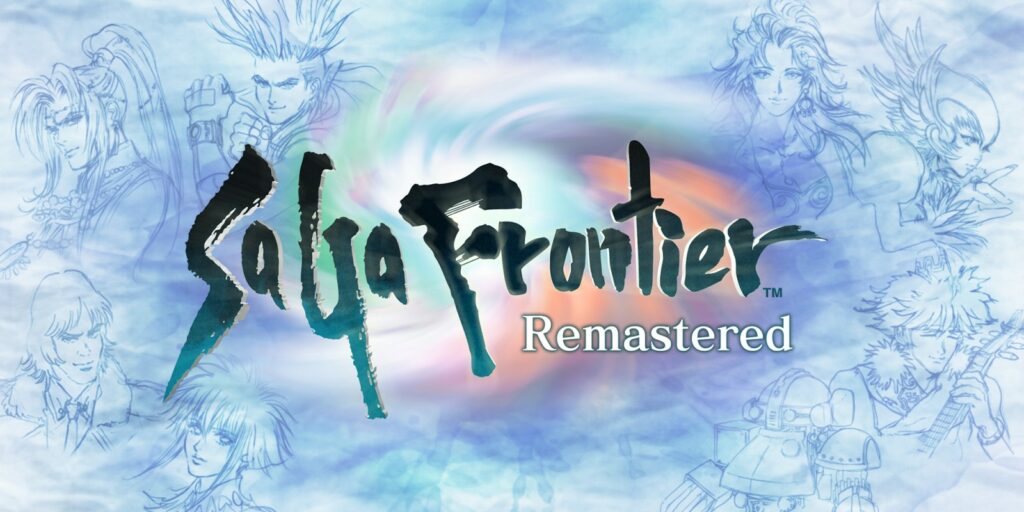
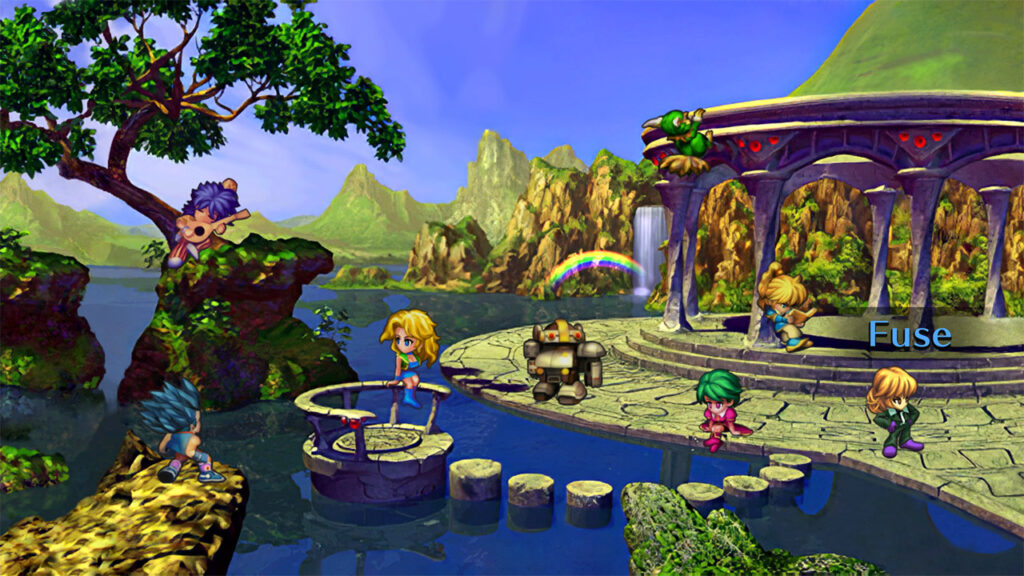
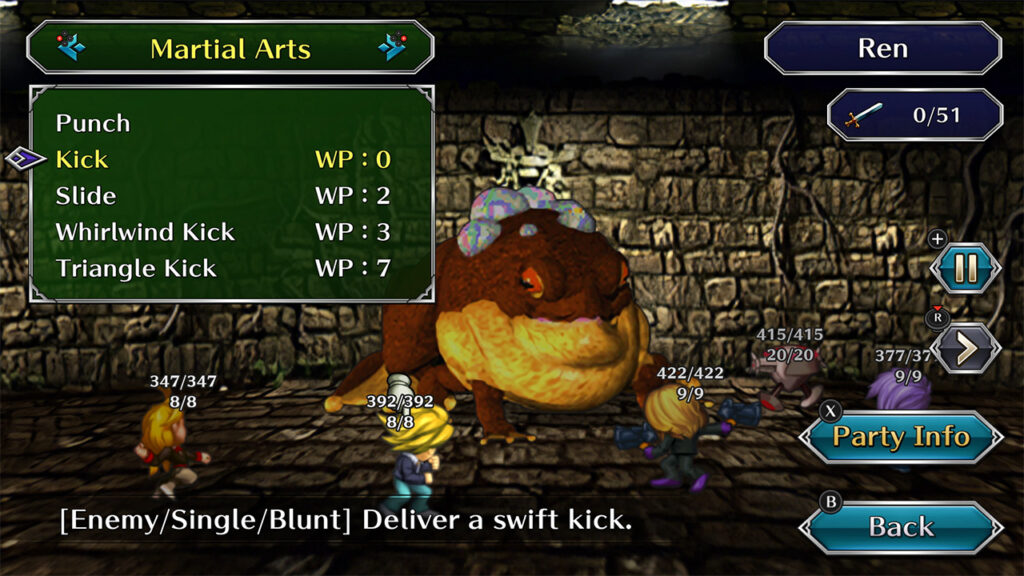
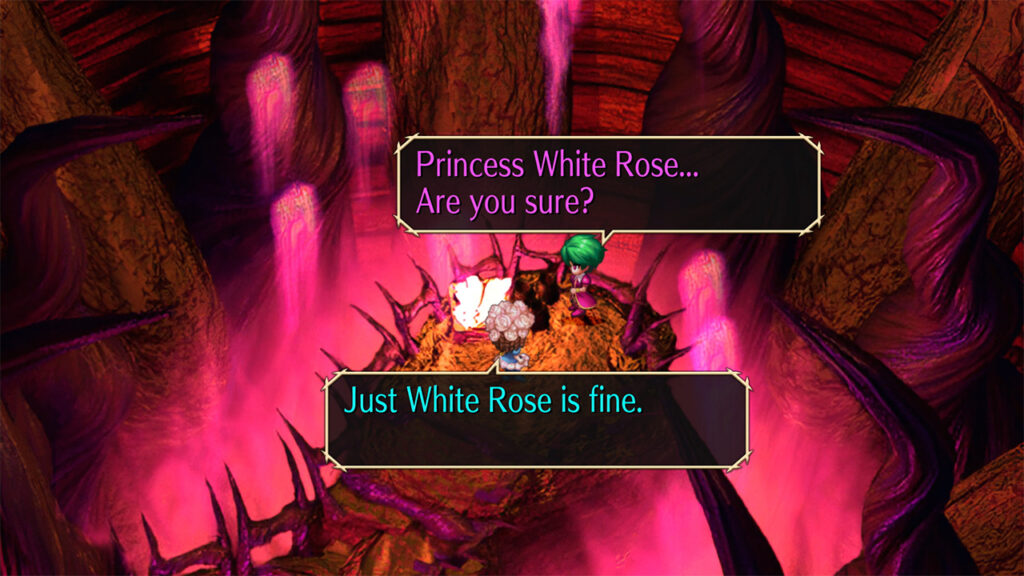
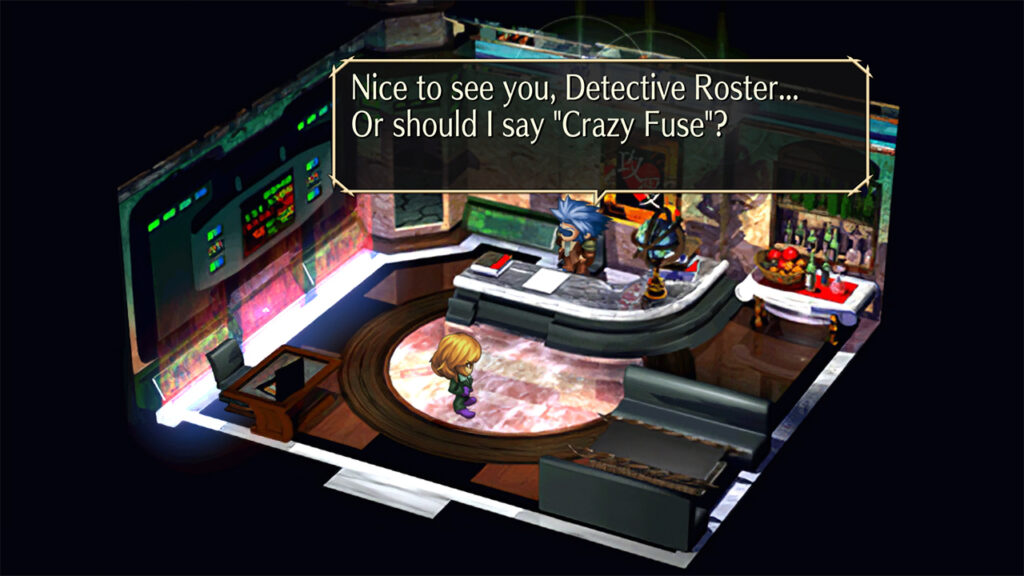



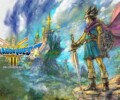
[…] in their library in order to bring remastered versions to modern consoles. Just a few months ago, the SaGa franchise got some love and now it’s the Mana series’ turn, with a remaster of Legend of Mana. While we’re still […]
[…] Fans of the SaGa series can look forward to the “Glimmer” and “Combo” systems from previous games, the equally iconic and beautiful design, and an atmospheric soundtrack by composer Kenji Ito, whose charming theme song “Menuett” can already be heard in today’s trailer. Romancing SaGa -Minstrel Song- Remastered is the latest announcement in Square Enix’s ongoing SaGa Project that has so far led to Western releases of Romancing SaGa 3, SaGa SCARLET GRACE: AMBITIONS, the popular mobile game Romancing SaGa Re;univerSe and SaGa Frontier Remastered. […]